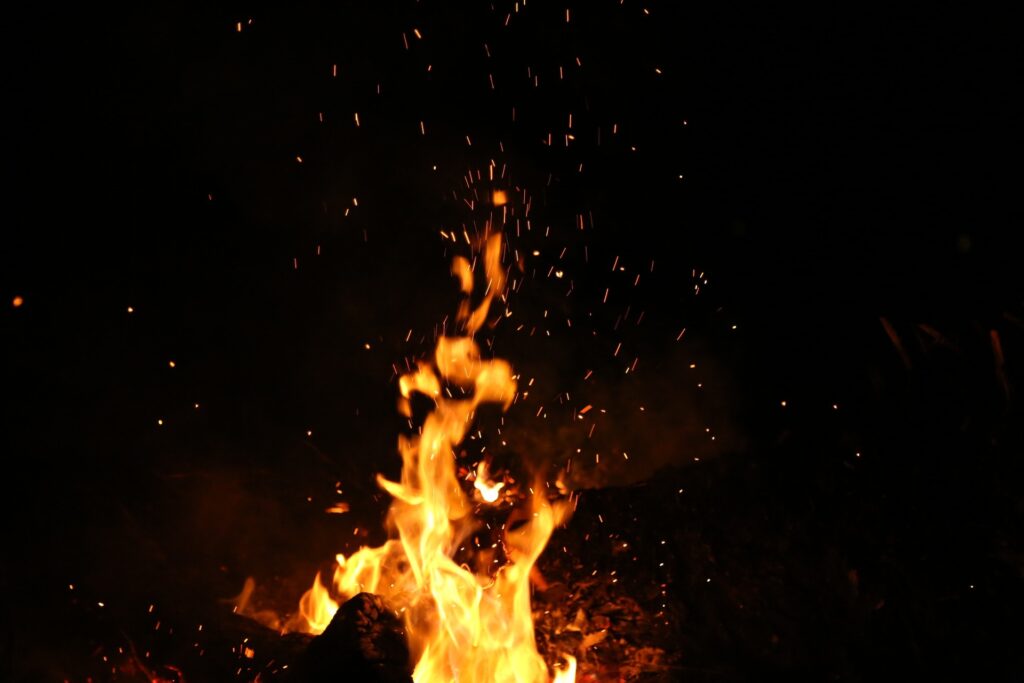
Whether you are a homeowner looking to protect your family and home or you are a contractor trying to get your project up to code, there are several things you should know about fire caulking codes. These fire caulking codes Ontario are the standards the International Code Council (ICC) sets, ensuring that your project meets the most stringent standards.
Intumescent Caulking
Unlike fireproofing your home, there is no standardized formula for intumescent caulking codes. Instead, local, state, and federal regulations govern how you seal penetrations in your home. These codes are geared toward protecting your home and family from fire.
The best way to find the right intumescent caulking codes is to check with your local building codes. This is a great way to save money while ensuring that your home or office is safe. However, it might be better to call a professional if you are still determining your specific code. You should also check with your local fire inspector.
It is not uncommon for a fire department to request that you apply fire caulking to any area of your home where there is a high risk of smoke or fire. This will help to contain the fire to its origin. For example, if you have a stove, you must seal the vents so that smoke can escape.
Fire-Rated Assemblies
Getting the right fire-rated assembly is important for the safety of people. When choosing a fire-rated assembly for your building, you’ll want to be sure that it has the fire-resistance rating and the required caulking to keep your building safe.
In addition to the fire-resistance rating, fire-rated assemblies should meet a few other standards. For example, a building with fire-resistance-rated walls should be regularly inspected and maintained. A licensed fire protection engineer can help you determine which wall assembly is right for your building.
A fire-rated wall assembly can be a wall, floor, or ceiling. These assemblies can be structurally sound, with fire dampers and other components, but the assembly’s integrity is not guaranteed.
Two main components of a fire-rated wall assembly are a fire-resistant membrane and a fire-resistant top plate. The membrane needs to adhere to the top plate tightly.
Methods of Installation
Choosing the right fire caulking methods can help reduce risks to your building and occupants. Fire caulking is required in most commercial buildings and is used to protect your property and your employees from deadly fires. Fire caulking can seal pathways, joints, and open ductwork to prevent smoke from escaping.
Fire caulking is usually less expensive than other fire-stopping methods but is necessary for most explosive areas. If you’re interested in saving money, research your local building codes to determine how much fire caulking is required.
When planning your next building project, you must consider all your fire caulking needs. There are several different types of materials, and the best choice for your project depends on your needs.
For larger openings, consider a composite sheet. These fire barrier sheets are made from metal mesh-reinforced intumescent material secured with metal fasteners. You can cut these sheets to match irregular objects’ contours or cover simple square openings.
Inspection of a Fire-Stop Product
Several fire caulking codes and standards are in place to inspect fire-stop products. These codes and standards help reduce liability for general contractors and provide guidelines for fire stop installation. However, fire stop installation is a complex process. In addition, the product must meet certain conditions for use.
Fire-stop products include intumescents, silicone, mineral fibers, rubber compounds, and cementitious mortars. They are designed to resist the spread of flame and are also used to seal open joints.
An approved testing and inspection agency test fire-stop materials. These agencies must meet the requirements for fire rating and annular space.
A fire-stop product is a part of a through-penetration fire-stop system. The system is tested for its performance in the standard time-temperature fire test. The system must be installed in the manner in which it was tested. It must also be supplied in its original, unopened packaging.